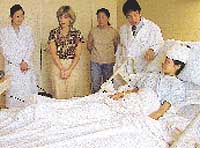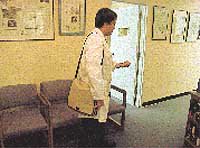Use of digital photography and computers in oculoplastic surgery increases efficiency
This equipment aids in building chart documentation, obtaining medical insurance authorization for surgical procedures and teaching.
Readily accessible digital cameras and computer equipment make the practice of oculoplastic and orbital surgery more efficient and aid in building patient rapport, documenting medical necessity when required, and in sharing procedures and outcomes with other health care providers.
Digital and computer technology for consultation use
Our clinic currently makes use of the following digital and computer technology for oculoplastic and orbital surgery consultations. For patient photography, we use a SONY DSC 770 digital camera, which has a 20-mm to 140-mm zoom lens (equivalent to 35-mm film cameras) and can take pictures with resolution as high as 1.2 million pixels.
The photographs are easily stored on a Sony Memory Stick (64 MB), which is readily transferred to a Sony VAIO PCG Z505HS Super Slim Notebook. We are then able to discuss with the patient pertinent findings such as the location of an eyelid lesion, the extent of ptosis, point out lid defects such as entropion or ectropion and other periocular abnormalities. We have found that reviewing the photographs with the patient at the time of the initial consultation prevents misunderstandings that may occur when Polaroid or 35-mm slide photography was used. Polaroid photographs do not have the resolution found in today’s digital cameras, and 35-mm. slides are not available immediately on the day of the patient’s consultation. The cost of the equipment is offset by the savings from not having to have the photographs processed and manually filed.
After the patient’s photographs are taken, and a thorough eye examination is performed, the patient is shown the clinical photographs on a Sony VAIO Notebook, which has a high-resolution XGA Screen. The advantage of this system is that it is lightweight and portable, so it can be readily set up at satellite offices.
When dynamic video photos are needed, as in consultations involving movement disorders such as facial nerve paralysis, essential blepharospasm or hemifacial spasm, the Sony DCR-PC100 digital video camcorder is used to take videos of the patient.
This can be downloaded and saved as an AVI file to the Sony VAIO PCGZ505HS Notebook by means of an IEEE link found on both the digital camcorder and the notebook.
Imaging studies such as computerized tomography (CT) scans and magnetic resonance imaging scans may be stored by digital photography, allowing for quick access and minimizing storage space.
For long-term storage, the photographs are uploaded into a desktop computer by means of a USB link and can be stored into the hard drive of the computer. We happen to use a Dell XPSR450 Desktop. The computer has an 18-gigabyte hard drive, but additional storage is available by means of either a ZIP drive or a CD-RW drive.
Using Microsoft Word, consultation letters or authorization letters to insurance companies can readily been written with the patient’s digital color photograph easily incorporated into the documents. Printing is carried out using an Epson 600 Color Stylus Inkjet Printer.
Cost of system
Total cost for this system is around US$8,000. This cost, however, is offset by the convenience and efficiency the system provides for in terms of patient education, efficiency of storing clinical photographs and imaging studies, and medical documentation. Furthermore, we have noted earlier approval of medically indicated oculoplastic procedures, since the letters are sent on the same day of the patient consultation.
Finally, the above equipment may be used for bedside hospital consults. Digital footage documenting intraoperative work may be shown postoperatively for patient care, information and educational purposes.
This system can conveniently be set up anywhere with a minimum of time. It is lightweight, making it easy to carry and is simple to use, giving immediate access to patient information using readily available computer equipment.
We hope that you find this information useful in your practice of oculoplastic and orbital surgery.
|
|
|
|
|
|
|
|
|
|
|
|
For Your Information:
- Jorge G. Camara, MD, can be reached at 2228 Liliha St., Ste. 106, Honolulu, HI 96817; (808) 533-0177; fax: (808) 526-4871; e-mail: jordegcam@msn.com. Dr. Camara has no direct financial interest in any of the products mentioned in this article, nor is he a paid consultant for any companies mentioned.

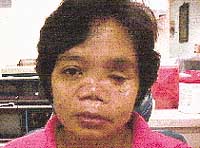
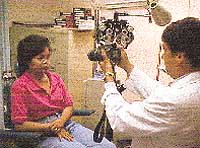
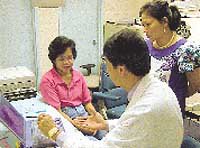
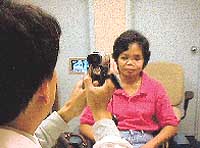
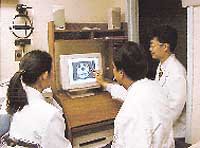
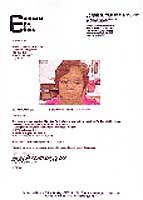 Consultation letter and authorization letter for insurance company is printed at the time of the patient’s consultation.
Consultation letter and authorization letter for insurance company is printed at the time of the patient’s consultation.